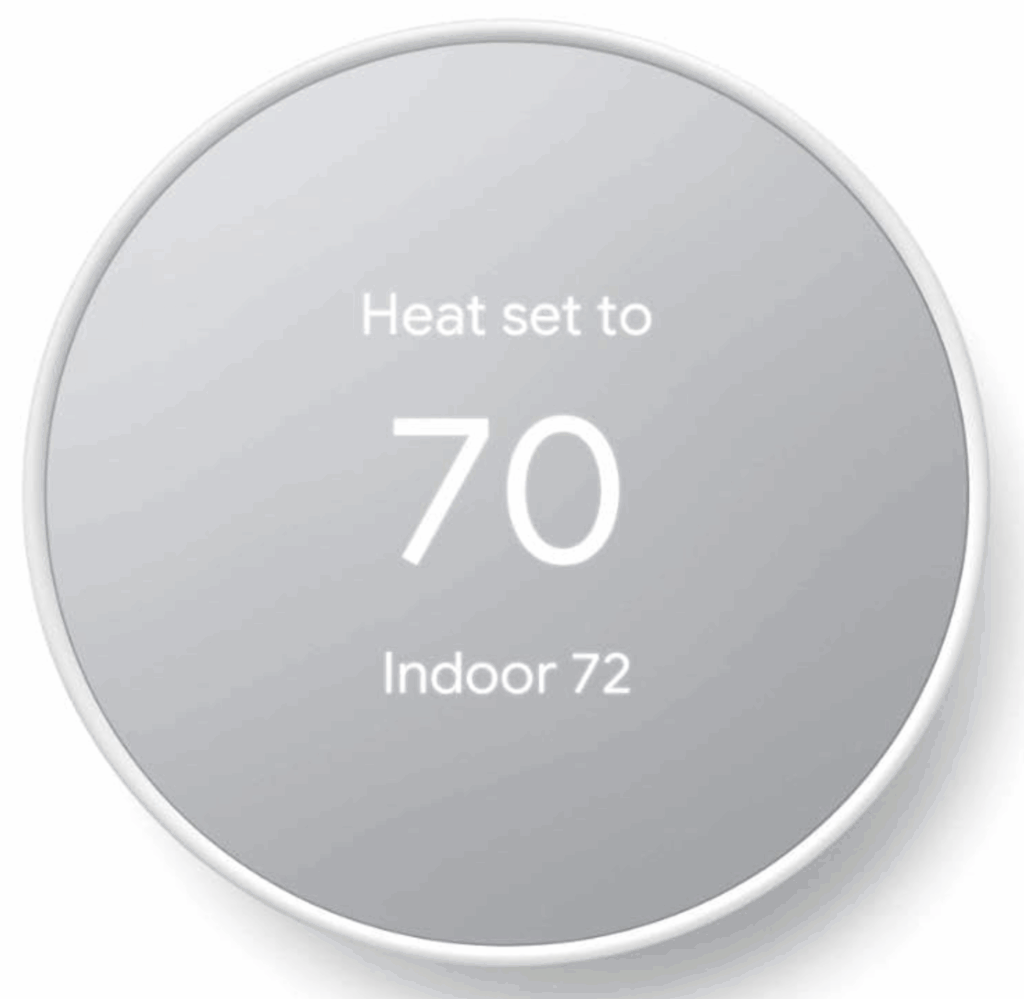Ultimate Guide to Eco-Friendly Home Heating in Winter
Eco-friendly home heating in winter is becoming essential for anyone who wants to stay warm without burning through energy, money, or the planet’s limited resources. As weather patterns become more extreme and energy costs continue rising, sustainable heating isn’t just a trend—it’s a practical long-term strategy that improves comfort, lowers utility bills, and reduces environmental impact. Whether you live in a compact city townhouse or a larger rural home, there are greener heating options available that suit every climate and budget.
One of the most effective and energy-efficient heating solutions today is the electric heat pump. Heat pumps have rapidly become the preferred choice for eco-conscious homeowners because they require far less energy than traditional furnaces and can produce three to four times more heat per unit of electricity. Modern cold-climate heat pumps can function efficiently even in freezing temperatures, making them ideal for winter scenarios where older models used to struggle. They also double as air conditioners in summer, giving homeowners year-round value and significantly lowering their carbon footprint when powered by clean energy sources.
For those living in colder regions with long winters, pellet stoves have become a practical, renewable alternative to conventional wood burning. Pellets are compressed from wood waste or agricultural byproducts, making them carbon-neutral and highly efficient. Unlike traditional firewood, pellets burn evenly and cleanly, producing much less smoke and particulate matter. A well-designed pellet stove can heat large sections of a home with minimal emissions, and many homeowners appreciate the rustic comfort it provides without the environmental drawbacks of a standard wood stove.
Another excellent solution for eco-friendly winter heating is radiant floor heating. Instead of heating the air, radiant systems warm the floor itself, which creates an even distribution of heat and eliminates the cold spots associated with forced-air systems. Radiant systems operate at lower temperatures and maintain comfort more effectively because they rely on natural heat transfer rather than circulating hot air. They are especially efficient when paired with renewable energy sources like solar panels or geothermal systems, both of which integrate seamlessly with modern radiant systems. While installation costs are higher upfront, long-term energy savings and comfort gains make radiant heating one of the most sustainable options.
In many homes, improving heating performance starts with preventing heat loss before upgrading any heating equipment. Insulation remains one of the most overlooked yet impactful ways to achieve eco-friendly home heating in winter. Upgrading attic insulation, sealing gaps around windows and doors, improving weather stripping, and insulating hot water pipes can dramatically reduce heat waste. Even older homes can benefit from insulation upgrades using natural materials such as cellulose, wool, or cork, which avoid the environmental downsides of synthetic insulation while delivering high thermal performance.

Programmable thermostats and smart energy management systems also play a crucial role in sustainable heating. These tools allow homeowners to control temperature settings more precisely and avoid heating empty rooms or maintaining unnecessary warmth overnight. Many smart thermostats analyze patterns and adjust automatically to save energy without sacrificing comfort. When paired with efficient heating solutions like heat pumps or radiant systems, smart thermostats can reduce energy usage significantly throughout the winter season.
For homeowners interested in energy independence or renewable alternatives, pairing a heating system with solar energy offers substantial long-term benefits. Even in winter, solar panels generate enough electricity to offset heating costs when combined with battery storage or energy-efficient appliances. Solar-powered heat pumps, electric radiators, and even solar-assisted water heaters contribute to a cleaner energy profile and cut reliance on fossil fuels. Some regions also offer rebates or tax incentives for renewable-energy upgrades, helping offset installation costs and making eco heating more accessible.
Geothermal heating is another option for homeowners committed to long-term sustainability. Geothermal systems rely on the stable temperatures below the earth’s surface to heat and cool a home with remarkable efficiency. While installation costs are higher than conventional systems, geothermal solutions have some of the lowest operating costs of any heating method and can last decades with minimal maintenance. For homes on larger lots or rural properties, geothermal heating is one of the most environmentally friendly and reliable solutions available today.

Ultimately, the most effective eco-friendly home heating strategy combines efficient heating equipment with proper insulation, clean energy sources, smart temperature management, and intentional design choices. Even small upgrades, such as adding thermal curtains, reversing ceiling fans to recirculate warm air, or installing low-flow showerheads to reduce hot water demand, can contribute to reduced energy consumption during winter. Sustainable home heating isn’t a single product or device—it’s a holistic approach that prioritizes comfort, efficiency, and environmental responsibility.
If you’re transitioning toward greener winter heating, consider implementing improvements in stages. Start by tightening your home’s insulation and adopting smart thermostats before moving on to heat pumps, pellet stoves, or radiant systems. Each step brings meaningful energy savings and reduces your carbon footprint, making your home healthier, more comfortable, and more resilient during even the coldest months of the year. With the right combination of solutions, eco-friendly home heating in winter is not only achievable but deeply rewarding for your household and the planet.
